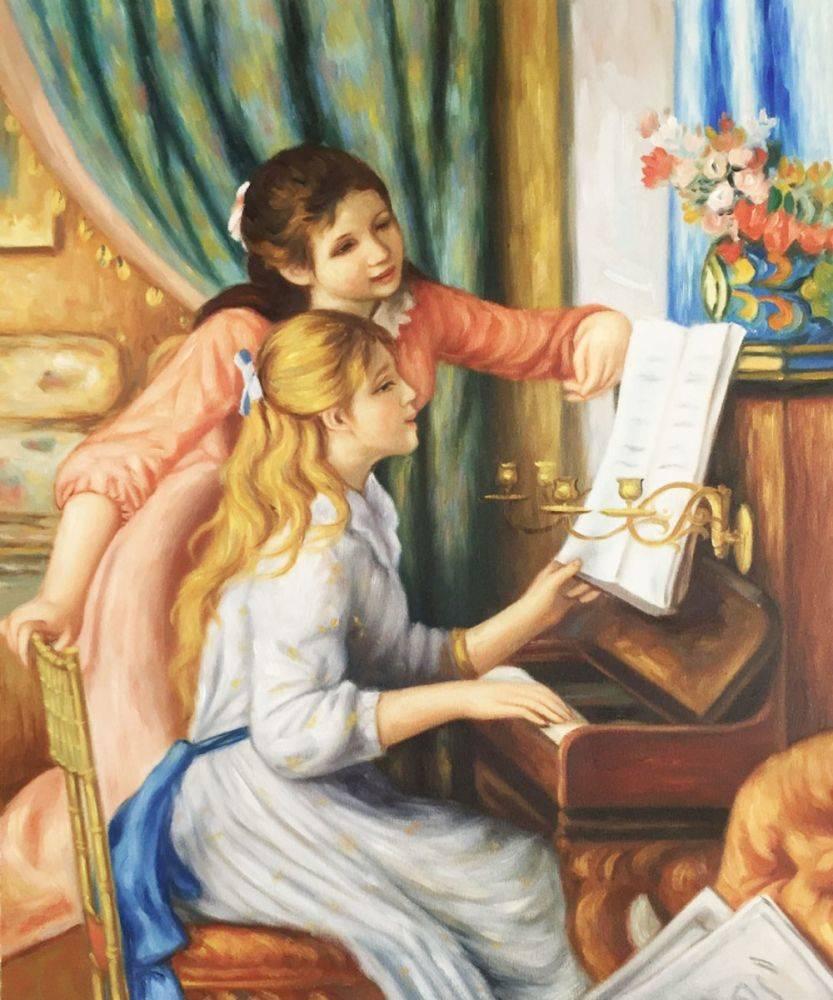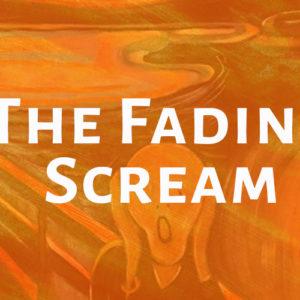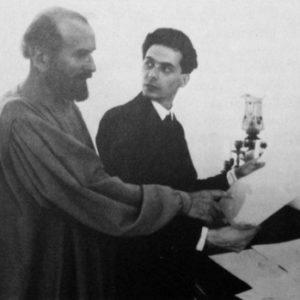Facebook stories
Top Liked art posts from facebook November 7 2011
 The following is a list of the top posts of the week that we’ve shared with our facebook friends on the overstockArt.com facebook page. We try and make our facebook posts informative and engaging as we love to hear what our fellow art lovin’ friends have to say about particular artists and their art. So if you have a moment, check out the overstockArt.com facebook page and share your passion for art and wall decor with us!
The following is a list of the top posts of the week that we’ve shared with our facebook friends on the overstockArt.com facebook page. We try and make our facebook posts informative and engaging as we love to hear what our fellow art lovin’ friends have to say about particular artists and their art. So if you have a moment, check out the overstockArt.com facebook page and share your passion for art and wall decor with us!
 Georgia O’Keeffe‘s Oriental Poppies with its single over-sized blossom’s and bold color have a strong vivid presence. This is in complete contrast to the Poppy flower associated with soft dream dreamlike quality.
Georgia O’Keeffe‘s Oriental Poppies with its single over-sized blossom’s and bold color have a strong vivid presence. This is in complete contrast to the Poppy flower associated with soft dream dreamlike quality.
Poppies bloom in spring, but oil reproductions of the poppy flower have become a November tradition – November 11th is Veteran’s Day in the US, Remembrance Day in Canada, when the poppy is worn in remembrance of our war dead. Whether it’s the poppy’s symbolic meanings (sleep, death, imagination, faith between lovers, remembrance) or simply the flower’s vibrant beauty, the poppy has inspired many an artist: Georgia O’Keefe favored the single bloom, while Claude Monet preferred fields of poppies. O’Keefe, Van Gogh and Monet are joined by a field of other talented artists whose works are featured in our vast array of poppy art.
 Painted in 1937, a few years before he was diagnosed with duodenal cancer and permanently confined to a wheelchair, Woman in Blue exemplifies French artist Henri Matisse’s mature decorative style and is among the last group of oil paintings the artist was to produce.
Painted in 1937, a few years before he was diagnosed with duodenal cancer and permanently confined to a wheelchair, Woman in Blue exemplifies French artist Henri Matisse’s mature decorative style and is among the last group of oil paintings the artist was to produce.
Patterns, ornamentation, and vivid colors are trademarks of Matisse (1869-1954), whose long and varied artistic career covered many different styles of painting from Impressionism to near Abstraction. As an artist Matisse realized (and cautioned): “It is not enough to place colors, however beautiful, one beside the other; colors must also react on one another. Otherwise, you have cacophony.” Matisse’s ability to combine exotic colors and abstract designs joyously rather than discordantly brought him recognition as both an upholder of the classical traditional in French painting and as a leading figure in Modern art. Explore our hand painted collection of Henri Matisse’s expressive work.
 “Only when he no longer knows what he is doing does the painter do good things.” – Edgar Degas
“Only when he no longer knows what he is doing does the painter do good things.” – Edgar Degas
French Impressionist painter, sculptor, and printmaker Edgar Degas is recognized as the master of drawing the human figure in motion. The human (especially the female) figure was one of Degas’s principal subjects, and his paintings of ballerinas are some of his best known works.
Considered to be a founder of Impressionism, Degas (1834 – 1917) nonetheless rejected the movement’s penchant for painting outdoors and portraying natural light. Intent on capturing poses as natural and spontaneous as a photograph, his studies of female dancers are celebrated as supreme masterpieces and mark him as an innovator in his own right. Degas completed paintings in his studio that originated as sketches of living models, strongly influencing later artists such as Picasso and Toulouse-Lautrec.
Visit our Edgar Degas Art Gallery to view more oil paintings from this great master.
 “I can paint and draw. I believe this myself and few other people say that they believe this too. But I’m not certain of whether it’s true” –Gustav Klimt.
“I can paint and draw. I believe this myself and few other people say that they believe this too. But I’m not certain of whether it’s true” –Gustav Klimt.
Klimt (1862 – 1918) may not have been entirely convinced of his talents, but today, we remember him as one of the great masters in Western art. Born in Austria, Klimt’s artwork has a significant impact on both the Viennese Secession and the Art Nouveau movement. He had an eclectic aesthetic, which drew inspiration from Classical Greek, Byzantine, and Medieval styles (to name a few), and he is best known for the works from his “Golden Period,” which incorporated prominent use of gold leaf.
“The Kiss,” shown in detail here, is the most-recognized painting from Klimt’s “Golden Period,” and perhaps from his entire oeuvre. Klimt’s father was a gold engraver, and his use of the precious metal in art was influenced by a trip to the Byzantine mosaics in Ravenna, Italy. More of the mosaics’ influence is evident in the way Klimt has flattened the lovers, and created conflict between the two- and three-dimensionality of his subjects.
Visit our vast Gustav Klimt Art Gallery
 “A Sunday Afternoon on the Island of La Grande Jatte” is one of the most-recognized paintings in Western art, but its origins are less well-known—in a way, it all began with tapestry.
“A Sunday Afternoon on the Island of La Grande Jatte” is one of the most-recognized paintings in Western art, but its origins are less well-known—in a way, it all began with tapestry.
Georges Seurat (1859 – 1891), the master behind the painting, was very interested in color theory, and developed pointillism while experimenting with complementary colors. Michel Eugène Chevreul was one of the foremost color theorists during the 19th century, and his analysis began with his efforts in tapestry restoration. While it’s uncertain whether Seurat read Chevreul’s work directly or heard about it secondhand, Chevreul’s findings undoubtedly affected Seurat’s process.
Chevreul was a chemist who restored old tapestries, and found he could only restore a section properly if he accounted for the colors surrounding the missing wool. He discovered that when two colors are juxtaposed, whether slightly overlapping or adjacent, together they had the effect of another color seen from a distance. Seurat internalized Chevreul’s findings, and “Sunday Afternoon” was his painstaking effort to master the effects of color and light. Compounded with his dot brushstrokes, Seurat used color theory to create an effect that was very different from using broader strokes on canvas.
This is it! We hope you will continue to enjoy reading our ArtCorner blog and come join us on facebook for more artistic discussions!









